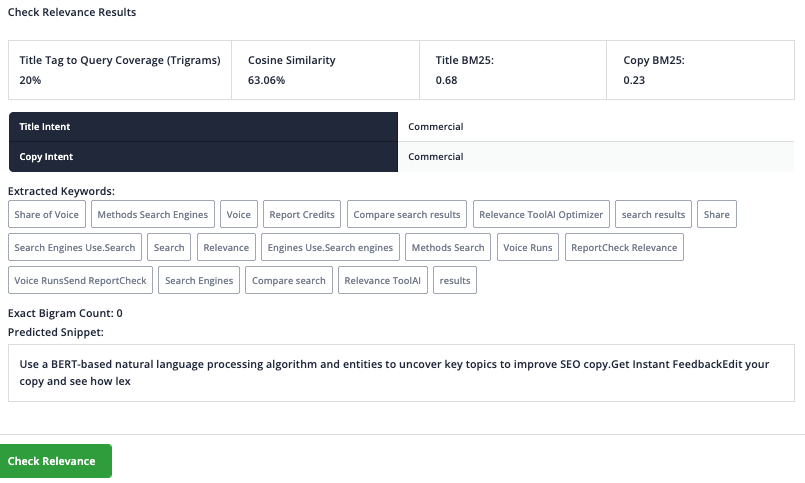What Is Semantic SEO?
Written by: Ryan Jones

Get Started with SERPrecon
Get Started for FreeWhat Is Semantic SEO?
Search is going through a lot of changes recently – but search has always been changing, it’s just that rate of change that is accelerating more rapidly. Unfortunately, SEO hasn’t changed as fast (or as much) as search has. The recent change to AI mode and AI overviews has highlighted the fact that the SEO industry and SEO tools haven’t caught up.
The days of optimizing for a keyword are over. They started dying when Google introduced Caffeine way back in 2010 and continued dying with innovations like Rankbrain and BERT. Current technologies like RankEmbed have moved the needle further away from the lexical model (words on the page) to the semantic model (embeddings, similarity, etc.)
While Google has used things like embeddings and vectors and entities and machine learning for the better part of a decade now, most of our industry and tools are still using checklists that were written in 2006. They’re talking about things like keyword density (not used by any search engine) and counting the number of H2 tags like increasing them will somehow help you rank better. It won’t.
Our tools badly need updating. According to Google BERT plays a big part in rankings. They’ve told us this. Yet, despite BERT being open sourced by Google in 2018 NONE of the major SEO tools use it. Why?
This fact, combined with the following leaks of the Google and Yandex code inspired me to create SERPrecon. I realized that none of our tools worked the way Google works, and that we could do better.
So how do we do better? We need to update our model of SEO to move from lexical to semantic.
What do lexical and semantic mean?
Lexical is the traditional old school approach to SEO. It’s “give me a list of pages that have this word/phrase” on them. All the old metrics you’re familiar with are Lexical SEO. SEOs often talk about keyword density or TF-IDF here. While search engines still have a lexical component, they use the more modern BM25 standard (among other things) and not the traditional metrics that SEOs often think of. Even our old school methods haven’t kept up!
Semantic SEO goes beyond literal keyword matching to understand the context, intent, and relationship between concepts. It’s more than synonyms, it’s true meaning of the text. This is accomplished with entities, embeddings, vectors, and natural language processing.
This is the change we need to make. It’s time to move from keywords to topics. As searchers migrate more to AI mode, we’re going to see many long tail queries we’ve never seen before. How do we optimize for those? The answer is topics! It’s no longer enough to count how many times the keyword appears in various places of our site, we have to build our topical authority and really be experts in all the related areas of the topic. That’s how we dominate AI.
If this seems hard it’s because it is. That’s why we created SERPrecon. We’re the only affordable tool on the market that uses REAL metrics like BM25, Cosine Similarity, and Google’s BERT!
SERPrecon is the first step in moving to semantic SEO. We start by analyzing every site that ranks for your query. We then compute all the relevant lexical and semantic metrics to help you compare your content to theirs while showing you the entities, topics, keywords, questions, and phrases you’re missing. From there we give you an editor to literally refine your content and re-compute the metrics allowing you to see what is relevant before you post and wait for Google to crawl it.
That’s just one feature. We also offer one of the most affordable AI Share of Voice tools on the market too.
Are you using semantic metrics in your SEO strategy? Why not?
Sign up for your free 7-day trial of SERPrecon today at https://app.serprecon.com/create-account?start=now and begin your journey towards digital dominance.